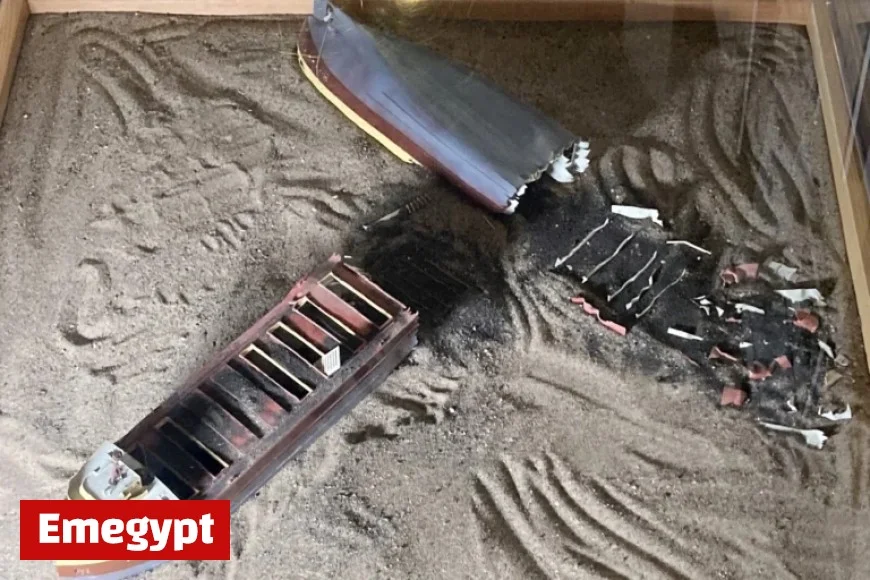Exploring the Legendary Edmund Fitzgerald Shipwreck: A Diver’s Experience

Terrence Tysall and Mike Zlatopolsky made history on September 1, 1995, by completing a remarkable dive to the wreck of the Edmund Fitzgerald in Lake Superior. This dive is recognized as the deepest shipwreck dive recorded in Great Lakes history, occurring approximately 530 feet underwater, just west of Whitefish Bay.
Record-Breaking Underwater Expedition
The Edmund Fitzgerald wreck is located in Canadian waters, and since 2006, diving at the site has required official permission due to a ban enacted by Canadian law. Tysall, reflecting on this prohibition, acknowledged its necessity for the families affected by the tragedy. He noted that the wreckage gained significant attention due to Gordon Lightfoot’s iconic song about the ship.
Tysall and Zlatopolsky, both experienced divers, collaborated to employ advanced deep-water scuba techniques for their ambitious dive. Their intent was to push the limits of diving technology and explore the historically significant wreck in a respectful manner.
Diving Techniques and Experience
- Depth of dive: 530 feet
- Duration underwater: Approximately 3.5 hours
- Descent time: About 10 minutes
- Bottom time: Planned for 15 minutes
To ensure their support vessel maintained a steady position above the wreck, the divers utilized a camera system. This allowed the surface crew to monitor the divers’ location accurately while avoiding damage to the wreck itself.
After descending to the wreck, the divers primarily explored the bow section, which remains upright. Tysall described the wreck’s impressive site, noting how it tore through the lake’s clay bottom during the sinking. The ship’s name was still visible, painted on the pilothouse, an image that left a lasting impression on Tysall.
Impact of the Dive and Cultural Significance
Their dive attracted mixed reactions, from admiration for their daring feat to criticism from individuals concerned about the wreck’s sanctity. Despite the controversy, Tysall expressed that their intentions were sincere. “This was not a money-making scheme or a stunt,” he insisted, emphasizing they did not look for human remains during their dive.
Tysall’s experience was underscored by respect for the wreck and those who perished aboard. With current restrictions in place, the likelihood of future dives at the wreck site remains low. Tysall reflected on the significance of having touched the historic treasure, sharing that the experience felt surreal even decades later.
Conclusion
The Edmund Fitzgerald shipwreck is a poignant chapter in maritime history. As time passes, the narrative surrounding the dive and the wreck continues to resonate deeply, highlighting the balance between exploration and respect for those lost at sea.






























